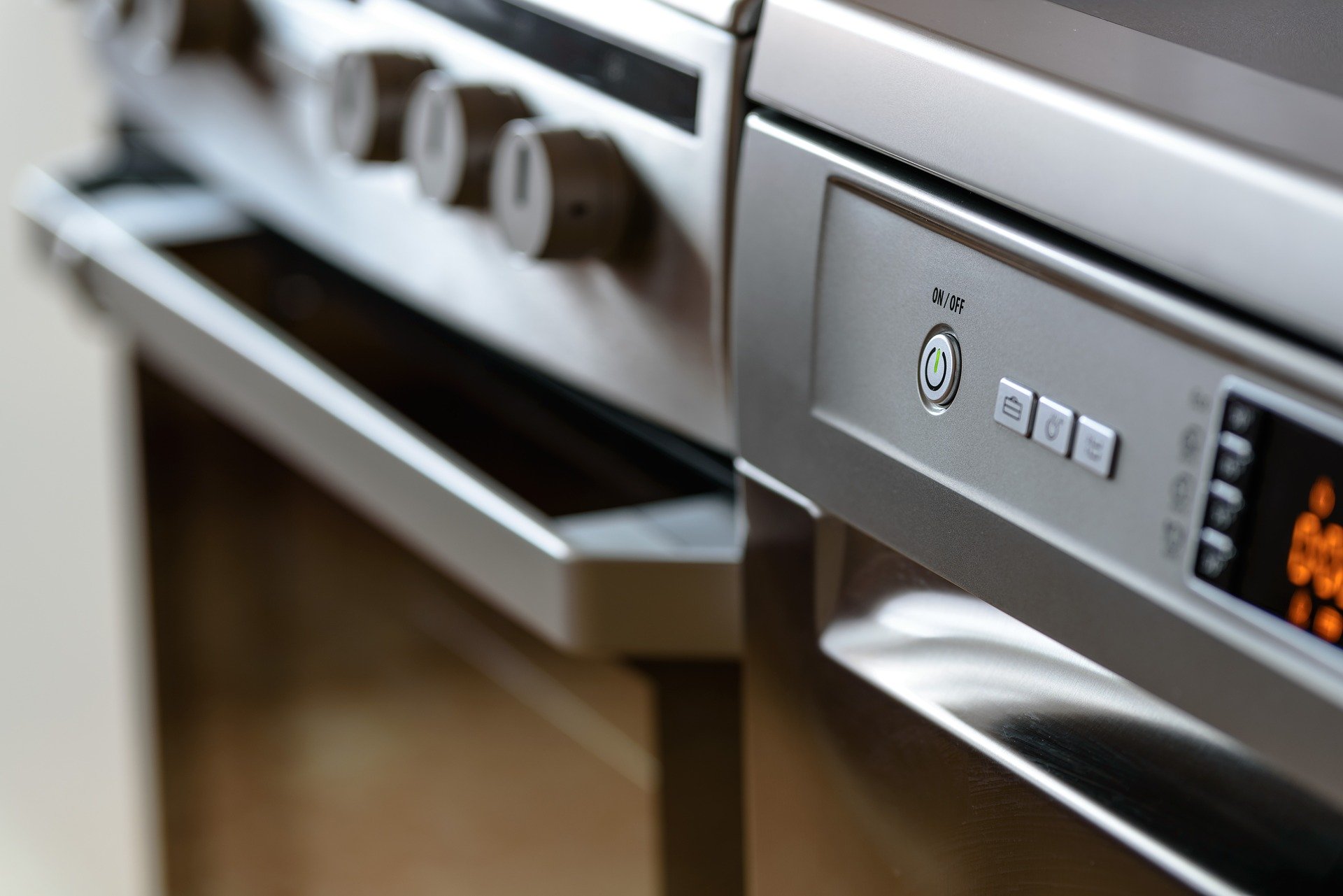Many of our customers are keen to use as much of the solar energy that their home generates as possible in the home. Not only will this reduce bills, it will also increase energy independence.
But the best way to run your house on renewables depends on your needs and circumstances. We’ve broken things down by how much time you spend at home and which technologies are relevant to help guide you through your options.
1. You’re at home during the day
Consider solar PV! If you’re retired or work from home then you’ll be around during daylight hours, when the solar panels are generating electricity. You can power your lights and appliances straight from the sun and get up to 70% of your annual electric demand from solar.
2. You’re at home during the day and have an EV
Pair solar PV with a zappi EV charger. As above, you’ll be drawing your electricity straight from the panels. Any excess solar power gets automatically diverted by the zappi to charge your EV, rather than going to the grid.
3. You’re out during the day
It’s still worth considering solar panels, but to maximise on site usage of your PV energy you’ll need to store some of the power for after the sun goes down. The two main ways to do this are with a home battery or a power diverter. A battery saves electricity for you to draw on later. A power diverter sends excess solar power to heat up water via an immersion heater.
Batteries can give the benefit of power cut protection if your area is prone to lots of outages, as solar panels on their own will not provide backup power. They will also enable off-peak charging, which means you can capitalise even more on an Eco7 or EV night rate tariff with your supplier during the winter.
4. You’re out during the day and have an EV
As above, consider PV and a battery or power diverter. When it comes to charging your EV, you don’t necessarily need a solar optimised charger (unless you leave your car at home during the day or on weekends). It’s worth going for an EV energy tariff, however, which offers much cheaper charging overnight (and often with 100% renewable power).

Other tips for using more of your solar energy
If you have solar panels (but no home battery), shifting energy usage to daylight hours is the most effective way to utilise your self-generated power.
- Use timers or smart devices to run high demand appliances like washing machines and dryers when the sun is out.
- Charge electronics during the day.
- Use a slow cooker to gradually heat food up ready for the evening.
- Considering changing your heating system to a heat pump so it can run on solar electricity.
- Switch mobile items to battery powered versions that can be charged up during the day - lawn mowers, vacuum cleaners, ebikes, electric cars etc.
Tips for maximising the benefit of your exported energy
- If you are on the Feed-in Tariff, you will usually have an assumed export at 50%, so you want to use as much as you can on site to maximise savings. If you have a system installed after March 2019 with the Smart Export Guarantee instead of the FiT, you should check the supplier league table to make sure you are getting the best rate for any extra solar energy you export to the grid. Note that some suppliers require you to buy your energy from them to qualify for their export.
- If you are on the FiT and using less than 50% of your energy on site, you could always give up the deemed 50% export rate and get paid a measured export of up to 15p/kWh exported instead (while still keeping the generation side of your Feed-in-Tariff) with a supplier such as Octopus.
Learn more
If you’d like to find out more about installing solar panels in your home, download our free guide to residential solar:










